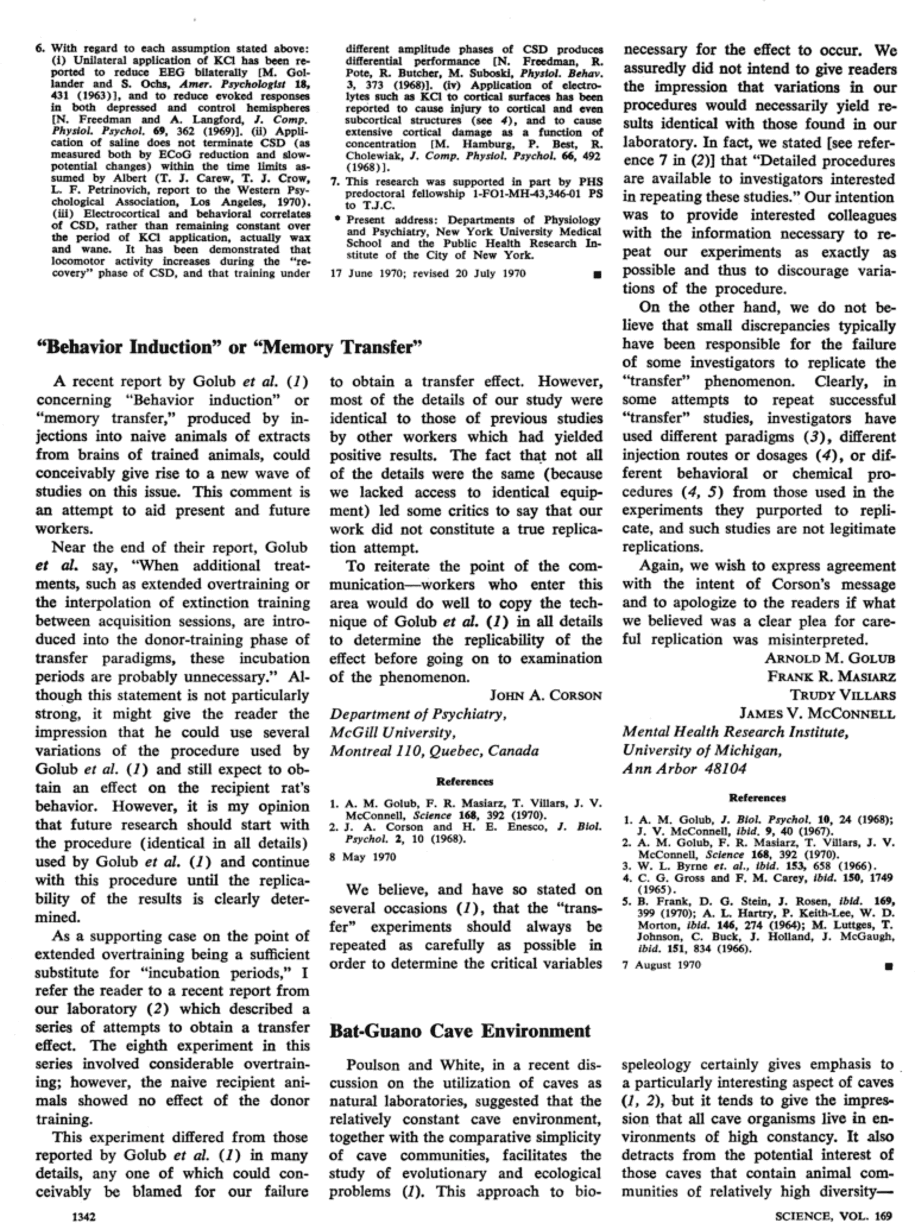Science has explored and explained many strange animal behaviors over the years. From the synchronized flashing of fireflies to the walking catfish, each behavior offers insight into the fascinating world of animals. Bowerbirds create impressive nests to attract mates, while octopuses use their unique abilities to escape predators. Parrots mimic human speech, and dolphins exhibit empathy towards other species. Chameleons change color for communication and thermoregulation, while Black Kites use fire to hunt for prey. The lemming suicide myth has been debunked, and army ants form rafts to float on floodwaters. These strange behaviors highlight the incredible adaptations of the animal kingdom.
10 Strange Animal Behaviors Explained by Science
Animals have always been a subject of fascination to many. Their unusual characteristics and behaviors are intriguing and often lead to numerous questions. Science has uncovered many of these mysteries by studying animal behavior in their natural habitats. From talking birds to suicidal ants, let’s explore 10 strange animal behaviors explained by science.
1. Firefly Synchrony
Have you ever seen hundreds of fireflies lighting up at once? This beautiful phenomenon is known as firefly synchrony. Scientists believe that male fireflies coordinate their flashes to attract female fireflies. When a large group of male fireflies synchronize their flashing, it creates an illusion that can be seen from a distance.
2. The Bowerbird’s Artistic Nest
Male bowerbirds are known for their artistic nests that they build to attract females. These unique nests are created with materials such as sticks, flowers, and other colorful objects. Scientists believe that the bowerbirds’ artistic abilities are a result of sexual selection. Female bowerbirds prefer males with the most impressive nests.
3. The Octopus’s Escape Artist Skills
Octopuses are clever creatures that can escape from almost anything. Their unique ability to contort their bodies allows them to squeeze through even the tiniest spaces. Scientists believe that their escape artist skills are a survival mechanism. When faced with a predator, an octopus can easily squeeze through a small crevice to escape.
4. The Walking Catfish
The Walking catfish is a strange creature that can breathe in air and use its fins to “walk” on land. This unique ability allows it to move from one water source to another during dry seasons. Scientists believe that the walking catfish evolved this ability as a way to survive in unpredictable environments.
5. The Talking Parrot
Parrots are known for their ability to mimic human speech. Scientists believe that this ability is due to their complex vocal cords and their social nature. In the wild, parrots vocalize to communicate with members of their flock. Some parrots have learned to mimic human speech as a way of communicating with their owners.
6. The Compassionate Dolphin
Dolphins are known for their intelligence and social nature. In recent years, scientists have observed dolphins displaying acts of compassion towards other species. In one instance, a group of dolphins was observed helping a beached whale by pushing it back into the water. Scientists believe that this behavior is a sign of their empathy and social intelligence.
7. The Chameleon’s Changing Colors
Chameleons are known for their ability to change colors. Scientists believe that this ability is used for communication and thermoregulation. Chameleons can change their colors to blend in with their surroundings or to show off their dominance to other chameleons. They can also change their colors to regulate their body temperature in different environments.
8. The Bird That Uses Fire to Hunt
The Black Kite is a bird that uses fire to hunt for food. In certain regions of Australia, these birds have been observed picking up burning twigs, and dropping them in areas with dry grass. The burning grass flushes out prey, making it easier for the bird to catch its meal. Scientists believe that this behavior is a sign of the bird’s intelligence and adaptability.
9. The Lemming Suicide Myth
It’s commonly believed that lemmings commit suicide by jumping off cliffs. However, this is a myth. The truth is that lemmings are not suicidal creatures. The myth originated from a Disney documentary filmed in the 1950s. In the documentary, the producers were filmed pushing lemmings off a cliff to create a dramatic effect.
10. The Army Ant Raft
Army ants are known for their swarming behavior. During rainy seasons, they form a massive living raft to float on floodwaters. Scientists believe that the ants’ bodies are covered with a layer of wax that allows them to float. The army ant raft can consist of thousands of ants and can remain afloat for weeks.
These strange animal behaviors provide a glimpse into the fascinating world of animals. Through scientific research, we’ve learned a great deal about their behavior and survival mechanisms. The more we learn, the more we realize how much we have yet to discover.
